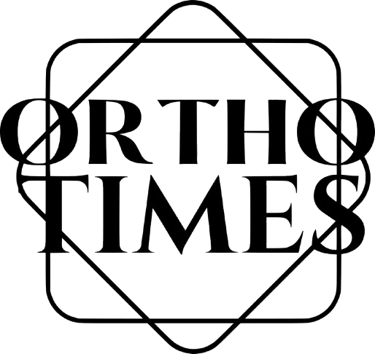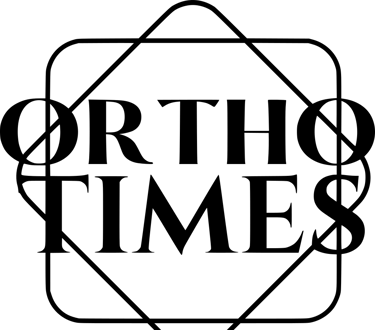To Extract or Observe? Rethinking Third Molar Decisions in Ortho Treatment
EVIDENCE BASED ORTHODONTICS
2 min read
What Does the Evidence Say?
NICE recommendations:
" Surgical removal of impacted third molars should be limited to patients with evidence of pathology. Such pathology includes unrestorable caries, non treatable pulpal and/or periapical pathology, cellulitis, abscess and osteomyelitis, internal/external resorption of the tooth or adjacent teeth, fracture of tooth, disease of follicle including cyst/tumour, tooth/teeth impeding surgery or reconstructive jaw surgery, and when a tooth is involved in or within the field of tumour resection."
"The practice of prophylactic removal of pathology-free impacted third molars should be discontinued in the NHS.(NICE2000)"
"There is no reliable research evidence to support a health benefit to patients from the prophylactic removal of pathology-free impacted third molar teeth. (NICE 2000)"
As Orthodontists, Are We Able to Accurately Determine the Prognosis of Impacted 3rd molars?
In a study by Mylena et al, orthodontists and maxillofacial surgeons were asked about their opinion about the approach to be adopted with orthodontic patients treated without extractions, who had impacted wisdom teeth that eventually erupted spontaneously.
Sample: 22 orthodontic patients treated without extraction, presenting spontaneously erupted mandibular third molars Patients aging from 13 to 19 years.
Results:
Based on the first radiograph (just after treatment) of the spontaneously erupted molars:
OMFS indicated extraction in 44.4% of cases
Orthodontists indicated it in 41% of cases
After a 2nd radiograph ( 2 years after treatment) , orthodontists maintained the same level of extraction indication , while surgeons indicated more extractions
Conclusion:
Orthodontists and OMFS were not able to predict the eruption of the third molars that have erupted spontaneously. Both indicated extractions around half of the third molars. A follow-up analysis, including one more radiograph, did not improve the accuracy of prognosis among orthodontists and worsened for OMFS.
In Another Study…
In another study by Amanda et al with a similar setting, orthodontists and maxillofacial surgeons were asked about their opinion about the approach to be adopted with orthodontic patients treated without extraction.
Sample: Sixty-eight lower third molars (L3Ms) were analyzed in 34 orthodontically treated patients without extraction.
Conclusion:
Orthodontists and OMFS were unable to predict lower third molar eruption using post-treatment panoramic X-rays. A second X-ray often led to more extraction recommendations, especially with OMFS. (same conclusion as Mylena et al Study)
Can Extraction-Based Orthodontic Treatment Influence the Eruption Of Third Molars?
According to the study by Tae-Woo Kim, Jun Ahn, Faraj Behbehani, and Heejae Ahn on the prevalence of third molar impaction in orthodontic patients.
premolar extraction appears to reduce the frequency of third molar impaction. This is attributed to the increased eruption space resulting from the mesial movement of molars during space closure.
Conclusion:
Predicting the eruption pattern of third molars in orthodontic patients remains a clinical challenge. Evidence consistently shows that both orthodontists and maxillofacial surgeons have limited accuracy in forecasting third molar eruption using panoramic radiographs, even when serial imaging is employed.
The probability of an impacted 3rd molar to erupt increases if the orthodontic treatment involves extraction.
References:
NICE 2000
The ability of orthodontists and maxillofacial surgeons in predicting spontaneous eruption of mandibular third molars using serial panoramic and radiographs. Mylena et al(2020)
The prediction of impacted versus spontaneously erupted mandibular third molars. Amanda et al. (2021)
Prevalence of third molar impaction in orthodontic patients treated nonextraction and with extraction of 4 premolars (Tae-Woo Kim, Jun Ahn, Faraj Behbehani, Heejae Ahn)



